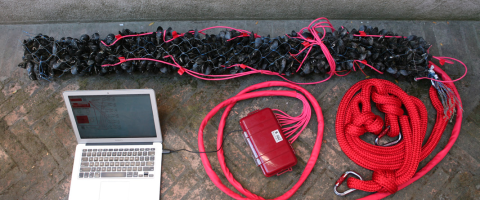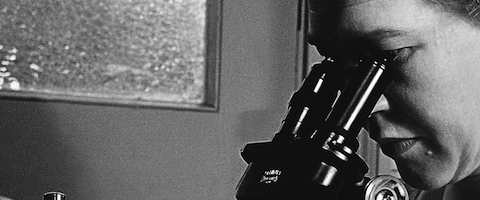In psychology, the homunculus is a visual representation of the sensory and motor cortices. In one version, the body is stretched and distorted over a cross-section of the brain, body parts mapped onto the areas of the brain that control them. In another, the body is represented with the relative sizes of the parts inflated to proportionally represent their relative neural footprint—with oversized hands, lips, and genitals.
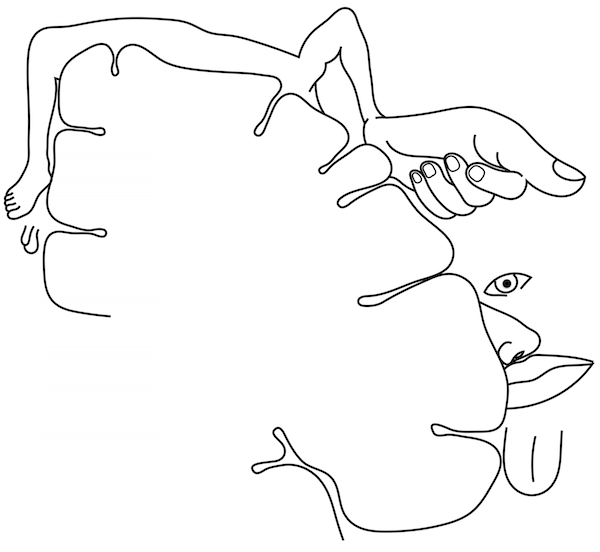
Homunculus means “little man,” and historically, the sensory and motor homunculi are represented as male figures. In studies of human biology, male bodies are seen as the default, and as a result, medical devices such as artificial hearts have been built with men’s bodies in mind—too big for a significant percentage of women. Early stage clinical trials for drugs have also historically excluded women in order to “simplify” the analysis, which has led to drugs that have unknown and even dangerous effects in women due to important differences in dosing and metabolism. Moves beginning to address this problem at the higher level of funding have occurred only very recently.
The consequences of the sensory homunculus excluding women are perhaps less dramatic, but suprisingly it wasn’t until 2009 that neuroscientists specifically looked at how women’s bodies map onto the sensory homunculus, creating the first scientific femunculus.
Amisha Gadani is an artist whose work explores biological diversity and evolution through illustration and kinetic fashion design. In a series of drawings based on results from the belated studies of female bodies, she proposes a visual representation of the femunculus, reminding us that there is more to see beyond the scientific default.
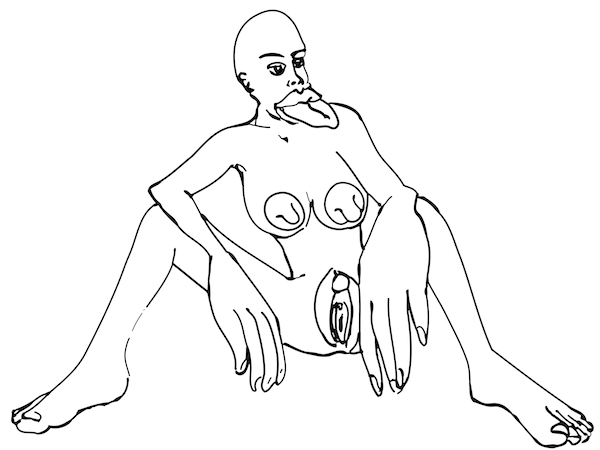
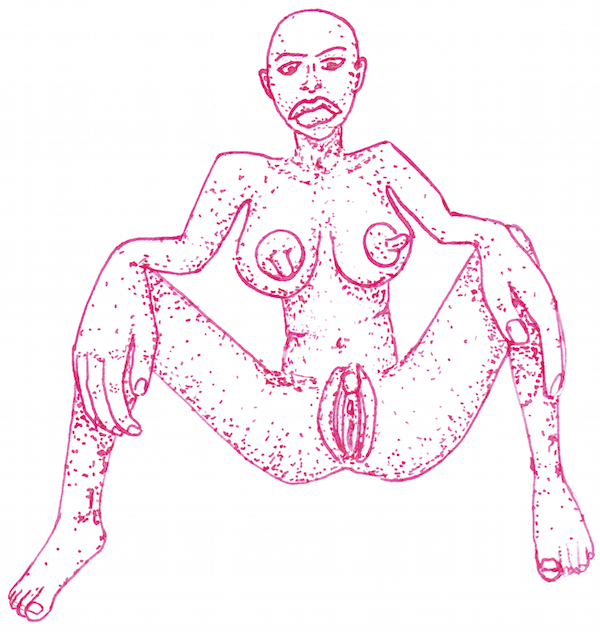
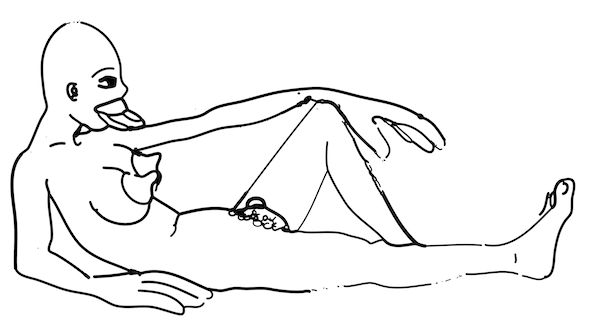
*Text by the editors


